It’s not wedding photojournalism, but it looks like it
Wedding photographers Allison and Briann Callaway work with what's happening naturally and make it more photogenic. It's reality, enhanced.
• June 2017 issue
Allison and Brian Callaway Polish Reality
Before they stepped behind the camera, both Allison and Brian Callaway made their living in front of it. Brian worked for years as an actor and Allison as a model. Despite living in someone else’s lens, the L.A. couple say neither ever felt comfortable being photographed.
Years ago, when Allison and Brian transitioned their Los Angeles-based Callaway Gable Studios to professional wedding photography, they channeled that discomfort. Their experience working on camera gives them insight into what their clients are feeling and helps them create a relaxed, collaborative environment at their weddings.
“We have a keen sense of how uncomfortable it is to have your photo taken,” says Brian. “When we started photographing, we were so in tune to that discomfort that we immediately wanted to connect with our subjects. Forming that connection and helping clients feel comfortable has become the basis of what we do.”
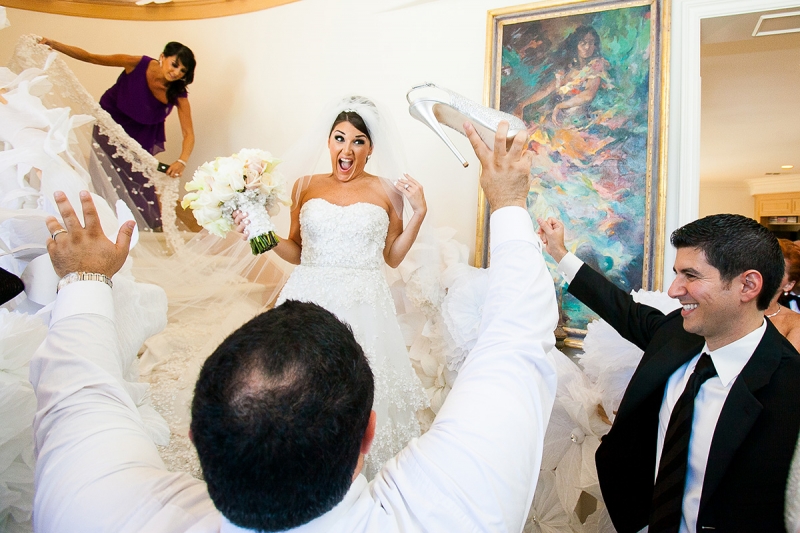
Optimizing moments
Allison and Brian’s approach involves a lot of client interaction—not to influence the course of events but to provide guidance as well as reassurances that put subjects at ease. Understanding that it’s not a natural thing to have a camera in your face all day long, the Callaways prioritize their couples’ comfort while working with them to craft scenes that will lead to great images.
“We get in there, hug people, hold babies, explain things, and give a lot of direction,” says Allison. “We’re not necessarily creating moments that weren’t happening but maximizing the potential of every frame.”
Allison and Brian consider this “optimizing moments,” working with what is happening naturally and making it more photogenic. For example, if a bride is getting into her dress in a closet, they might ask her to move next to a window for better light. They’ll tell people to relax their shoulders, turn slightly, move an arm, or tilt a head. The results are photographs that appear photojournalistic but are actually carefully crafted—reality, enhanced.
“The idea is to actually insert photojournalism into the portraits,” explains Brian. “We set the scene, put the people into it, give a little bit of direction, and then let them interact naturally. We are always trying to figure out a way to make a photo that shows off their connection and makes you feel something.”
The dual voice of photojournalism and guided portraiture has become the Callaways’ signature. This has helped them build a specific clientele who want to combine classically beautiful with something that’s fun, edgy, and different.
“Our clientele does not want to look raw or too real in their wedding photographs,” explains Allison. “People want to be in control of their image. They want us to express the real emotions and moments of the day but make them look their best. They want an idealized memory of their day.”
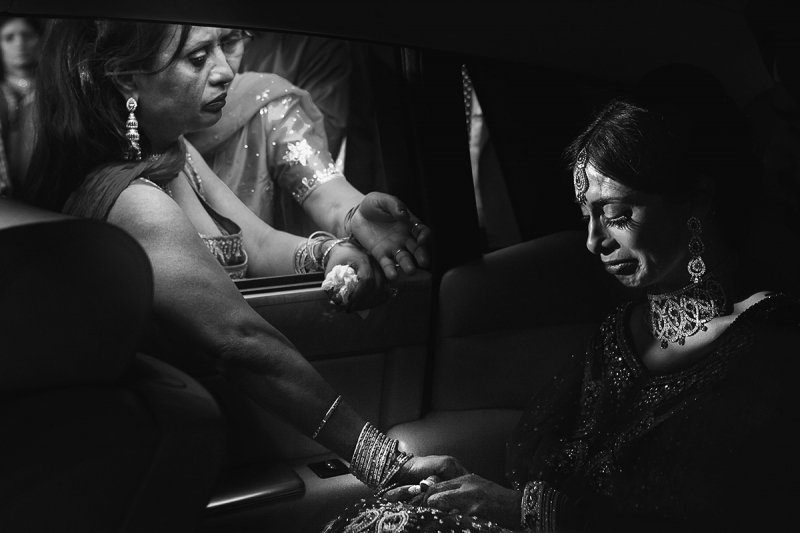
Telling the story
That idealized memory includes the narrative of the entire day. “The story isn’t just about the couple,” says Allison. “It’s about the whole community and the relationship between the couple and the people they love the most.”
To ensure they’re covering the full story, Allison and Brian ask clients to complete a detailed questionnaire about all the important people and themes of the day. They spend considerable time getting to know them through pre-wedding interactions, including an engagement session. Engagement sessions are critical, they say, to start connecting with the couple as well as practicing movement, lighting, and the overall photographic approach. The Callaways treat this session like a dress rehearsal, noting that it’s helpful to have pliable models in a low-pressure environment for a few hours. All the while, they’re asking questions, listening, learning, so that when the big day arrives, they have all the background they need to capture the wedding story from beginning to end.
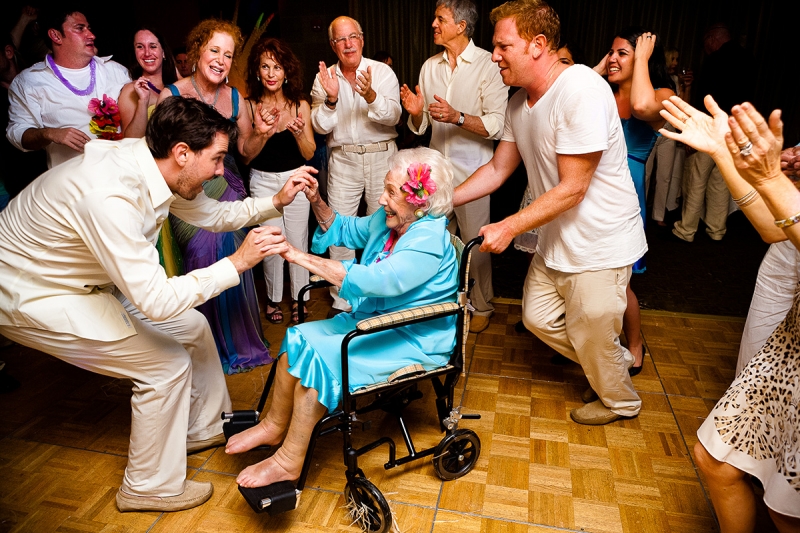
Building motion and emotion
Allison and Brian call on their acting and modeling history to inject energy into their images, creating scenes built around a natural expression of motion and emotion. In many cases, Allison will mirror what she wants from the clients, showing them how to move their bodies and position themselves. The Callaways will also mirror the overall attitude they want from their clients, demonstrating relaxed, open, and affectionate interactions with each other.
“If we are uncomfortable, they will be uncomfortable,” says Allison. “So we need to show them what relaxed-yet-confident looks like.”
They encourage clients to move as much as possible, asking them to do things like run at each other, embrace, and generally move around to settle their nerves. Contact is important in this process, as it helps build the natural connection between the bride and groom and makes them be more comfortable in general.
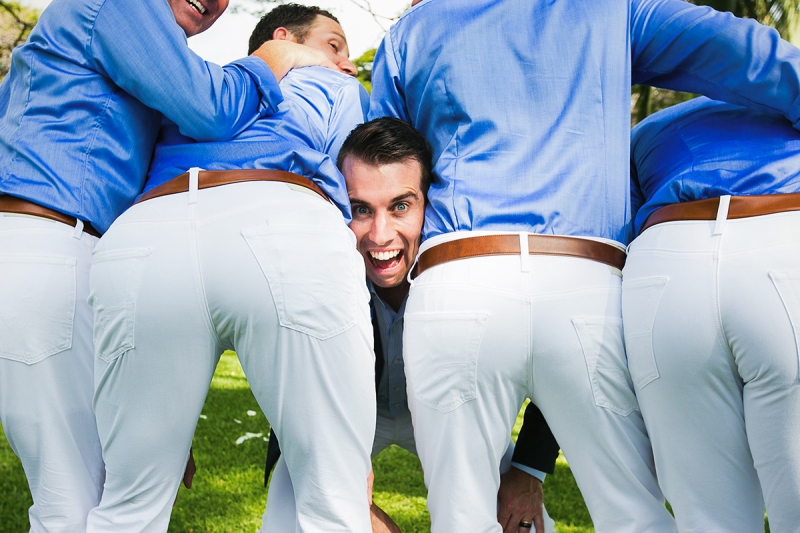
Lighting for dramatic reality
The Callaways bring a mobile studio to every event, carrying two suitcases of lighting equipment so they’re prepared for any situation. The handheld Lowel GL-1 Power LED is their go-to light for most situations. They favor continuous video lights for detail work and also make use of multiple flash configurations and various tools to modify available light during outdoor portrait sessions.
The start of the wedding day finds the Callaways using as much dramatic natural light as possible. Drama is the key. They’re seeking harsh light that can be crafted into pronounced shadows and a sense of depth. This continues throughout the day. Allison and Brian often use strip lights to produce a striking effect in the getting-ready photographs. During the reception, they frequently set up multiple flashes around the room to produce depth in the scene.
The central principle behind their lighting is to create an artistic rendering that’s true to the look and feel of the event. “We want things to look as close as possible to reality so the images are consistent with our clients’ memories of the day,” says Brian. “For example, if a ballroom is darker, we don’t want to light it up to the point where the images look very bright. We will record the light as it looks and then just add a kiss of light for accent. That way the images recreate the space the way the people experienced it.”

Finding like-minded clients
Early into their pro photography venture, the Callaways found referrals hard to come by. They took a good look at what they were doing then theorized that it wasn’t the quality of their images but the quality of their client experience that was lacking. So they turned their attention to connecting with clients and building a foundation of exemplary service.
Marketing became more deliberate. Social media activity and search engine optimization focus on topics and destinations related to their target market, and their portfolio shows only the images that represent the kinds of jobs and clients they wanted to attract.
“We have a discussion about every image that goes up on our website or blog and always ask ourselves, Why are we putting up this image?” says Brian.
These efforts have paid off. By providing a high level of service at the intersection of quality image and memorable experience, they’ve built a business driven by referrals.
“We are consistently putting out images that make us feel something personally, and that seems to attract clients who also feel it, who share those emotions,” says Allison. “However, we never lose sight of the overall experience. This is a people job, and we’re motivated by working with good people and making them happy. When you can do good work and provide a great experience, the referral clients will come.”
Jeff Kent is editor-at-large of Professional Photographer.

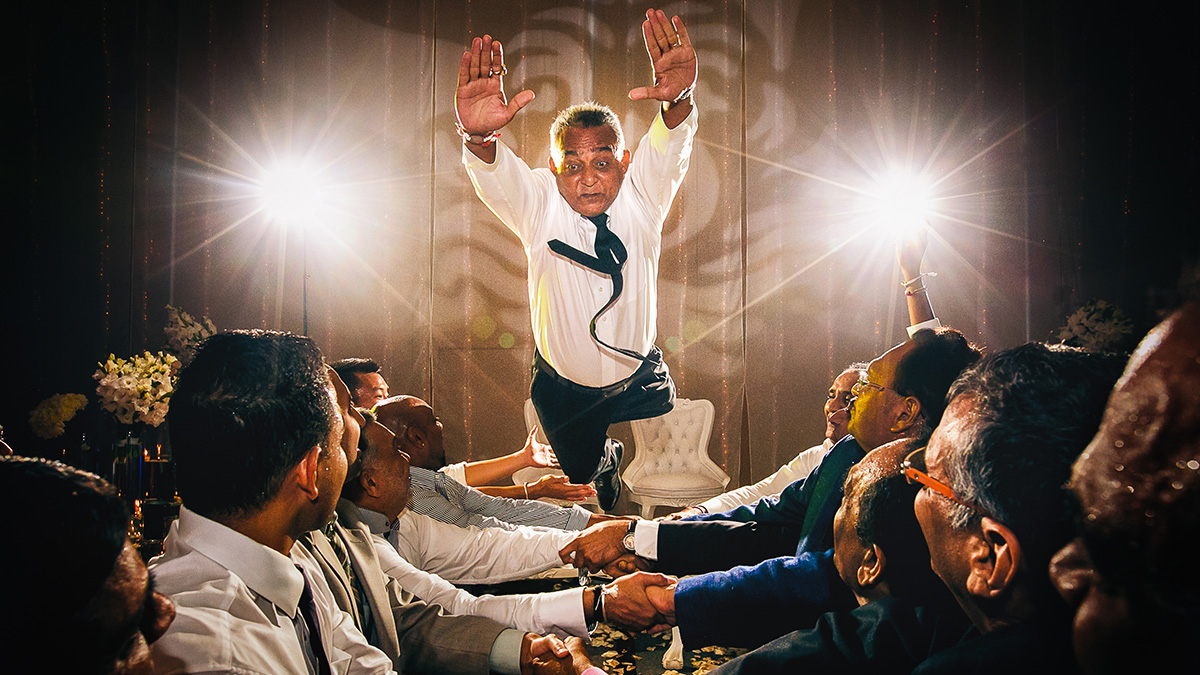
 View Gallery
View Gallery


